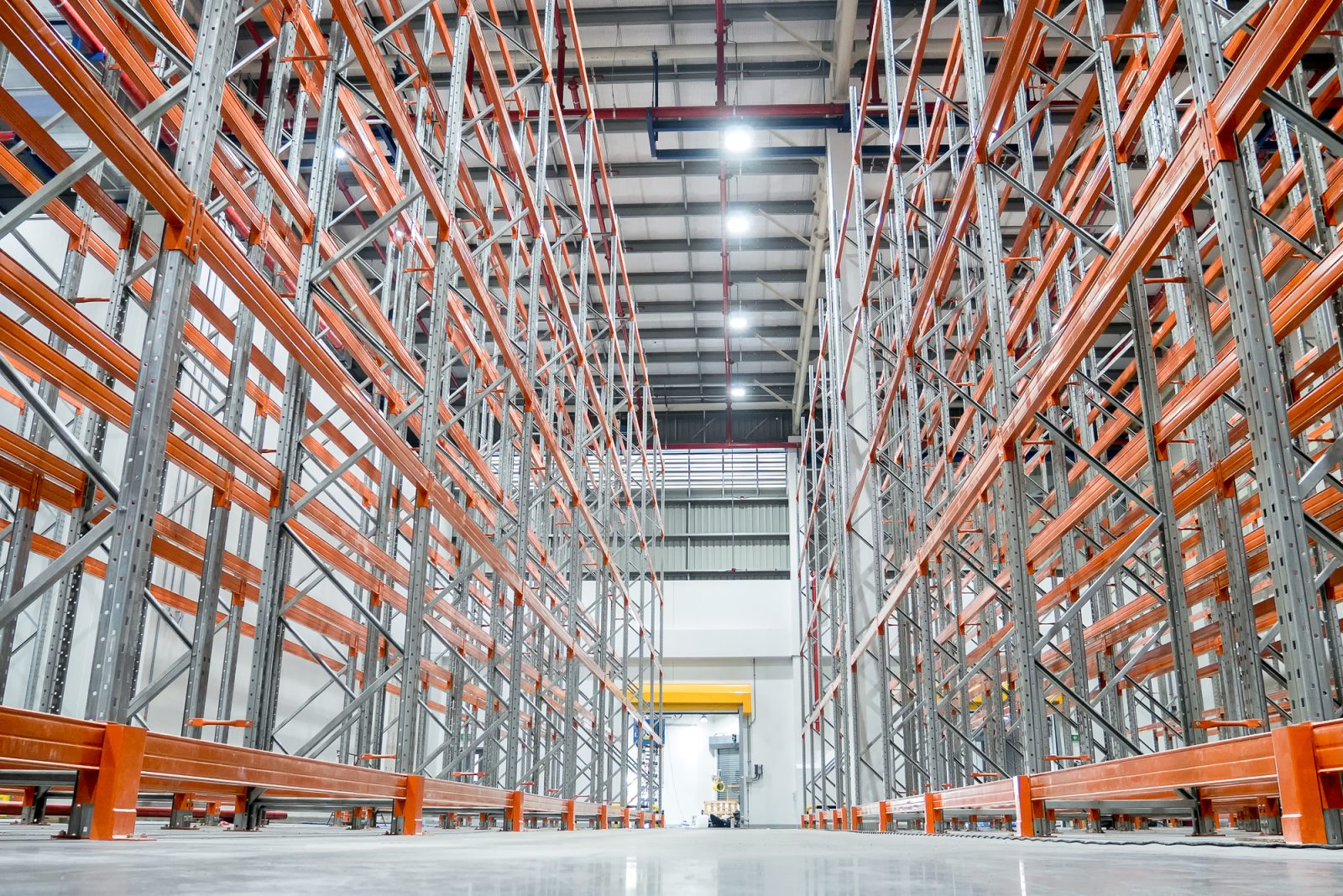It is common for many to feel confused about industrial warehouse racks. Getting new racks for your facility doesn’t just mean that you should get the space, install shelving, and place all the stuff on it. Getting the right shelving means starting with knowing what it is called. Warehouse racking systems are also known as pallet rack systems.
There are plenty of different types of warehouse racks. These industrial shelving units are designed to store pallets, long objects or boxes in multiple levels of horizontal rows which are stacked on top of each other.
Types of Racks
Racking systems are used for optimizing warehouse storage. The right racks can help double or triple your inventory holding capacity without affecting the square footage. These are cost-effective storage solutions, as they allow you to maximize the available warehousing storage space.
There are different types of racks and it is important to know about them before you choose the right industrial warehouse racks for your facility. The common options on the market include:
1. Selective Pallet Racks
These are the most popular pallet racks for warehouses and are also known as static racks. They are simple in design, easy to assemble and disassemble, can be set up in different ways, and are affordable.
2. Double Deep Rack
These warehouse racking systems are similar to selective racks but offer greater storage capacity. Their benefits include ease of installation and de-installation, higher storage density, affordability, and configuration in different ways.
3. Carton Flow Racks
If your facility has high turnover rates, carton flow racks can be perfect for use. These racks are suited for small non-palletized items and situations requiring frequent and quick order picking. Some of the key benefits of carton flow racks include:
- Perfect for different carton sizes
- Provides clearer inventory visibility
- Relies on gravity as a power source
- Provides greater efficiency for order fulfillment
- Bénéficie du principe FIFO « first in, first out »
4. Cantilever Racks
Cantilever racks have arms fixed to upright posts and are perfect for storing pipes, lumber, and other long loads. They feature arms, towers, and bases. Key advantages of these racking systems include:
- Ease of installation and reconfiguration
- Can support a wide range of capacities
- Can accept items with irregular shapes
- Enables easy stacking of materials horizontally
Cantilever racks don’t have any vertical obstruction on the front.
5. Multi-Tier Pallet Racks
If you want to make the most of vertical space, multi-tier pallet racks may be perfect for you. These systems offer multiple levels for manual loading and picking. These levels are connected by stairs.
Some of the main advantages of using these racks are as follows:
- Optimal use of vertical space for order picking
- Direct SKU access without the need for specialized equipment
- Flexibility for different-sized items and cartons
- High level of safety for workers
6. Drive-In Pallet Racks
If you have limited space in your warehouse, you should consider drive-in pallet racks. These racking systems are perfect for warehouses where goods need to be stored in a smaller area. The system features a single shared entry and exit point. It can help increase storage space by removing aisles.
7. Pallet Flow Racks
These rack systems feature common selective pallet rack parts along with roller tracks. It features one side of the rack for loading purposes and the other one for picking. Loading takes place from the back and the pallets roll to the front due to gravity rollers. Main benefits of using this system include:
- FIFO technique is used which simplifies application
- Offers exceptionally high storage density
- Enables efficient and quick inventory turnover
There are many more types of industrial warehouse racks systems. You should choose the right one based on your warehouse size, products, and operational requirements.



